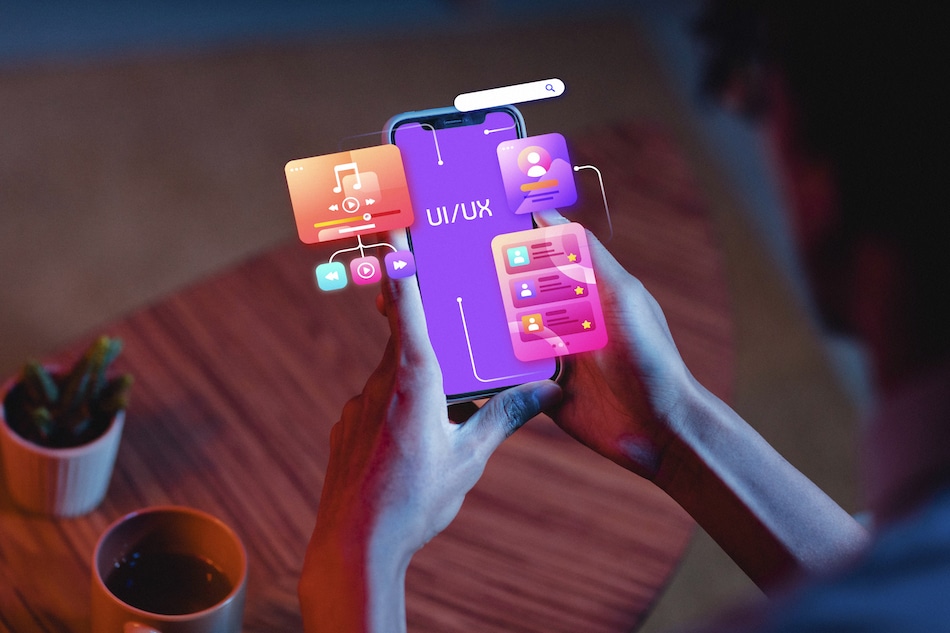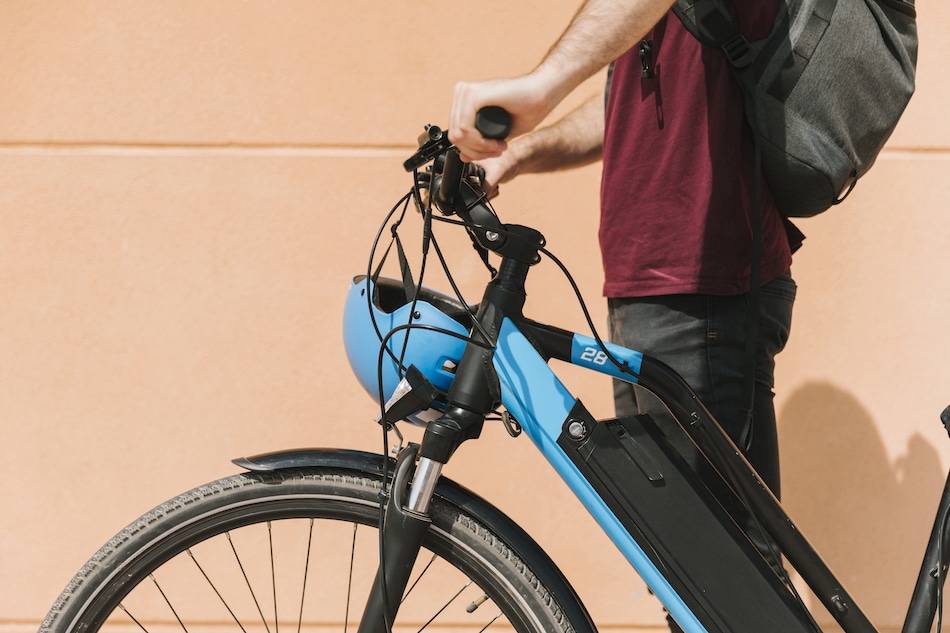Key Takeaways
YouTube may be the world’s biggest stage for creators, but behind the views and viral fame lies a legal minefield. With over 500 hours of content uploaded every minute, copyright enforcement, particularly under the Digital Millennium Copyright Act, has become a high-stakes, high-volume process—often driven by automation rather than accuracy. In the first half of 2021 alone, more than 2.2 million videos were reinstated after being wrongly flagged by YouTube’s Content ID system.
For content creators, marketers, and brands, the risks are more than just technical hiccups—they can lead to demonetization, lawsuits, reputational damage, and even a full channel termination. In this guide, we explore the hidden traps of YouTube copyright, real-world examples of how things can go wrong, and how you can keep your YouTube account protected while continuing to grow your presence with confidence.
Understanding Copyright Claims in the Digital Age
Copyright is the legal framework that safeguards original works of authorship—ranging from music, literature, and visual art to videos and dramatic performances. It automatically attaches once a work is created and fixed in a tangible medium, meaning a song or video becomes protected the moment it exists.
However, registering a work (in the U.S. or similar jurisdictions) offers significant advantages: it establishes a public record, enables statutory damages and attorney fees in litigation, and facilitates smoother takedown or licensing actions. Copyright owners hold a “bundle of rights,” including reproduction, distribution, public performance, public display, and creating derivative works (like remixes or cover versions).
Copyright Infringement on YouTube: The Scale of the Challenge
YouTube operates as one of the world’s largest user-generated content (UGC) platforms, with thousands of hours of content uploaded every minute. This sheer volume makes real-time, manual copyright management nearly impossible. Instead,
YouTube relies heavily on automated systems like Content ID to detect and enforce claims. While these systems can flag repeated or well-known copyrighted material efficiently, they also generate false positives and unfair claims, frequently affecting legitimate creators. One report even found over 2.2 million videos were reinstated following Content ID errors in just the first half of 2021. For every successful claim, countless creators endure stress, lost revenue, and administrative hassle.
Key Copyright Concepts Relevant to YouTube
Navigating YouTube’s vast content landscape requires a solid understanding of copyright law.
Fair Use
Fair Use is a defense, not a right. It allows limited use of copyrighted work for purposes such as criticism, commentary, news reporting, teaching, or research, with limited exceptions. The determination, according to the law, depends on four factors:
- Purpose and character: e.g., non-commercial, transformative use.
- Nature: factual vs. highly creative content.
- Amount: how much of the original work is used.
- Market effect: does it harm the original’s value?
Even well-intentioned creators walking this line can get flagged or receive strike notices. An example of this is educational commentators using short video clips. The automated system seldom assesses these nuances.
Public Domain
Works in the public domain are free to use without permission, either because copyright has expired (typically 70 years post-author’s death) or they were never protected. However, public domain content can still be claimed if someone registers a particular recorded performance. For example, in 2018, Johann Sebastian Bach’s music—a century-old composition—triggered a claim because of a modern recording associated with a major label.
Creative Commons (CC)
CC licenses provide a spectrum of permissions with specific conditions, such as attribution (CC BY) or non-commercial use (CC BY-NC). These should be carefully examined; violating license terms (like omitting required credits) may still result in claims.
Licensing
Proper licensing, whether for music, stock video, or images, is rarely optional. Without express permission via a solid licensing contract, creators expose themselves to takedowns, strikes, or even lawsuits. This applies beyond music—think video game footage, news clips, or stock imagery.
Common YouTube Copyright Issues
Behind every viral video lies a maze of copyright risks. As creators and brands navigate the world’s biggest video platform, they often underestimate just how easily a clip, song, or image can trigger automated flags, takedowns, or even lawsuits. Let’s break down the most frequent—and costly—copyright traps on YouTube.
Content ID System & Automated Flags
YouTube’s Content ID system uses audio/video fingerprinting to match uploads against a database of copyrighted material. Rights holders can choose to block, monetize, track matches, or pursue legal action. While efficient, it’s controversial:
- False positives are rife. One creator’s self-composed music was flagged as infringing; another had a silent video dubbed over with a false Warner/Chappell claim despite editing out the soundtrack.
- Bad actors weaponize the system. In 2019, Christopher Brady filed false Content ID claims against Minecraft creators, then demanded up to $300 to retract strikes. YouTube pursued legal action, settling for $25,000.
- Fraud rings even exploited the system globally. One group created a fake publishing company, claimed approximately 50,000 songs via Content ID, and siphoned off more than $20 million in royalties.
Copyright Strikes
A copyright strike is a formal DMCA notice triggered by rights holders, resulting in a whole video takedown and a strike against the channel.
- Three strikes within 90 days means automatic channel termination.
- Strikes can appear in malicious waves. In India, news agency ANI reportedly issued batch strikes against the creator Mohak Mangal, shutting down his channel unless he paid licensing fees of around $46,000 to $58,000.
- Creators can file counter-notifications—but must weigh the risk carefully, as pending claims and strikes limit monetization and may lead to takedowns even before adjudication.
Common Infringement Scenarios
Let’s unpack typical content traps:
- Unauthorized Use of Music: Whether background tracks, cover versions, or sampled audio, unlicensed music invites instant claims. Even public domain classics may be tied to specific modern recordings or arrangements, leading to surprise claims.
- Unauthorized Video Footage: Movie clips, TV scenes, news segments—even online creator content—can trigger takedowns. ANI’s use of news visuals for licensing leverage is a stark example.
- Unauthorized Images or Artwork: Thumbnails, B-roll, or graphic overlays—if not original or licensed—are potential legal landmines. YouTube’s automation often flags these without nuanced context.
- Derivative Works: Remixes, mashups, and fan edits are rife in UGC. Unless they’re transformative and licensed, even partial use can spur takedowns.
- “Reaction” or “Review” Content: Fair use underpins much review content—but it’s a defense, not permission. Ethan Klein recently sued Twitch streamers for rebroadcasting clips from his “Content Nuke” video, arguing infringement that could harm someone’s reputation. His lawsuit signals tightening boundaries on reaction-based fair use.
Monetization Impact
Copyright claims on YouTube don’t just result in takedowns—they directly impact creators’ revenue. When Content ID flags a video, rights holders can choose to monetize it themselves, rerouting ad dollars away from the original creator.
In more severe cases, repeated claims or copyright strikes can lead to full-channel demonetization, cutting off access to YouTube’s Partner Program and revenue features like Super Chats and memberships. For creators who rely on the platform for income, a single misstep—such as a false copyright or defamation claim—can have a serious financial ripple effect.
Why This Matters
YouTube’s copyright enforcement system operates at scale, often punishing creators before any human review takes place. This imbalance leaves room for exploitation, where bad actors or aggressive rights holders can weaponize claims to extract revenue or suppress content. For creators and brands, the stakes are high: lost income, disrupted campaigns, and damaged reputations—all in an ecosystem that’s constantly shifting beneath their feet.
Content Creator Insurance Guide
Risk Management Strategies for YouTube Creators and Businesses
Copyright issues may be common, but they’re not inevitable. The most successful YouTube creators and brand channels treat copyright compliance as part of their creative workflow, not a last-minute scramble. Here’s how to protect your content, revenue, and reputation:
Proactive Content Vetting
Avoiding infringement starts with careful content sourcing. Whether you’re an individual creator or a brand with a production team, taking these steps helps safeguard your channel page:
- Use pre-cleared or royalty-free assets from trusted platforms like Artlist, Epidemic Sound, Storyblocks, or YouTube’s Audio Library.
- Create original content—music, graphics, footage—whenever possible to avoid gray areas.
- Obtain explicit licenses for any third-party content you include in your videos, even for short clips or background audio.
- Document everything—save license agreements, permission emails, and proof of purchase in a centralized archive.
Understanding YouTube’s Tools
YouTube provides some in-platform tools to help manage copyright issues, but understanding how and when to use them is key:
- Content ID: This automated system flags uploads that match registered copyrighted content. Not all matches result in strikes, but they may lead to demonetization or takedowns.
- Copyright claims vs. strikes: Claims are typically automated and less severe. Meanwhile, strikes are manual takedown notices with more serious consequences.
- Dispute and counter-notification process: If you believe a claim or strike is invalid, you can dispute it, but counter-notifications carry legal weight and may lead to court if the issue escalates.
If a flagged video involves high-stakes content or a large audience, consider delaying your response and seeking legal advice and an authorized legal representative before taking action.
Best Practices for Original Content Protection
Just as you want to avoid infringing on others’ work, you should also take steps to protect your own. Registering your original videos, music, or animations with the U.S. Copyright Office (or relevant authority) grants you access to stronger legal remedies if someone copies your content. For brands producing high-value YouTube content, this is especially a smart IP strategy.
Additionally, use visible copyright notices, watermarks, or branding where appropriate. These don’t legally prevent theft, but they do serve as deterrents and signals that you’re monitoring use. Regularly check for unauthorized reposts of your content on YouTube and other platforms. If found, you can issue a takedown notice or use YouTube’s Copyright Match Tool to request removal.
Legal Consultation
While many copyright issues can be handled through platform tools, complex cases require professional input. Consulting with an intellectual property attorney can clarify whether a use qualifies as fair use, provide additional details to help you draft proper licensing agreements, or support you during a dispute.
For businesses or creators launching high-investment content—like influencer partnerships, music video campaigns, or branded series—it’s wise to bring in legal help early. The cost of a legal review is often far less than the fallout from a copyright lawsuit or a demonetized channel.
When Things Go Wrong, Insurance Keeps You Right
Even with airtight vetting and legal counsel, unforeseen copyright issues or content disputes can still arise. That’s where tailored insurance provides essential protection—shielding creators and their brands from costly legal and financial fallout.
Coverage Offered by Founder Shield
Founder Shield offers comprehensive media and content creator insurance specifically designed for digital creators, including YouTubers. Our Media & Advertising Business Insurance addresses key industry risks, such as copyright infringement, defamation on YouTube, privacy or harassment complaints, regulatory violations, and cyber incidents—events that can strike at the core of digital content businesses.
Meanwhile, our dedicated YouTube Insurance page highlights tailored packages for creators that include the following essentials:
- General Liability Insurance: Covers physical risks, like customer injuries during in-person shoots or events.
- Errors & Omissions (E&O) Insurance: Protects against allegations of negligence, factual errors, and omissions—situations ripe for misinformation or defamation claims.
- Content Creator Insurance: A comprehensive policy covering lawsuits over copyright, privacy, defamation, contract disputes, and cyber risks—designed for those who rely on online content as their core business.
- Digital Asset Insurance: Covers losses tied to digital assets, such as video libraries, subscriber data, and intellectual property, due to hacking, theft, or technical failures.
- Property Insurance: Protects equipment and inventory from damage or loss. If a YouTuber’s equipment, such as a camera, is stolen, this policy helps cover replacement costs.
These combined coverages work as a financial backstop—not a replacement—for proactive risk management, helping creators bounce back from claims and maintain continuity.
Why This Coverage Matters
- Unpredictable Disputes: Copyright strikes or defamation claims can escalate quickly. With legal fees and potential damages, media liability insurance provides an essential financial buffer.
- Sustaining Revenue Streams: Insurance can cover lost income due to channel suspension or content takedown, giving creators vital breathing room while disputes are resolved.
- Boosting Credibility: Branded or influencer campaigns often require insurance as part of contractual agreements. Being insured signals professionalism and reduces friction in partnerships.
- Tech-Forward Risk Protection: As digital threats like hacks or data breaches surge, having cyber and digital asset coverage ensures you’re ready for emerging risks.
In essence, while licensing diligence and legal advice form your first line of defense, targeted insurance through Founder Shield serves as a critical safety net, protecting your income, operations, reputation, and peace of mind in today’s fast-moving content landscape.
Founder Shield Has Your Back (and Your YouTube Channel)
When it comes to protecting your content, income, and reputation on YouTube, Founder Shield stands out as a trusted partner with deep expertise in media and content creator risks. Our tailored insurance solutions—ranging from General Liability and Errors & Omissions to Media Liability and Digital Asset insurance—are designed specifically for the fast-moving, high-stakes world of online content. Whether you’re a solo creator or a brand managing influencer partnerships, Founder Shield helps safeguard your channel against copyright claims, defamation lawsuits, and platform disruptions.
What truly sets Founder Shield apart is our creator-first model. Our tech-enabled quoting process makes it easy to get covered, and our dedicated insurance specialists offer clear guidance every step of the way, from onboarding to claim resolution. Plus, with access to valuable educational content through the Resource Hub and weekly insights from our newsletter, The Shield, you’ll stay informed on the risks that matter most to your business.
With Founder Shield, you’re not just insuring your content—you’re protecting your foundation to grow with confidence.
Creating with Confidence in a High-Stakes Landscape
YouTube offers creators and brands unparalleled reach, but with that opportunity comes real legal and financial risk. Copyright challenges aren’t just frustrating; they can derail monetization strategies, encourage harmful content damage, reputations, and threaten business continuity, potentially even leading to a court order. That’s why protecting your content isn’t just a legal formality—it’s a strategic necessity.
By combining smart vetting practices, legal awareness, and the right insurance coverage, you can confidently build and scale your YouTube presence without fear of costly setbacks. The creators who will thrive in the years ahead aren’t just the most creative, they’re the most prepared.
And with Founder Shield by your side, you’re not just reacting to risk—you’re getting ahead of it.









